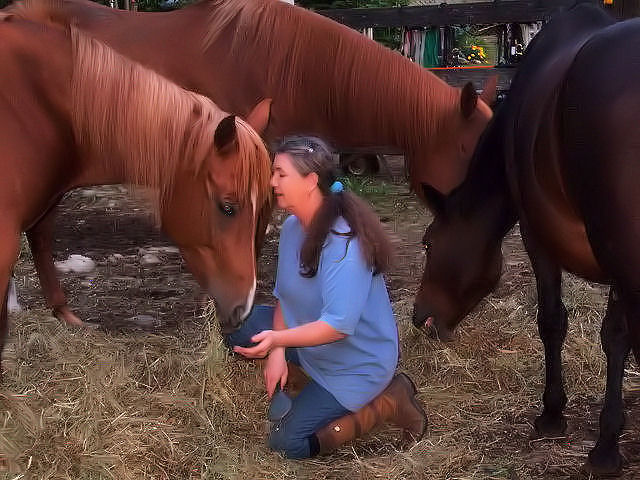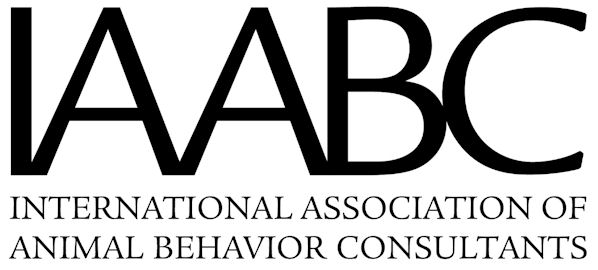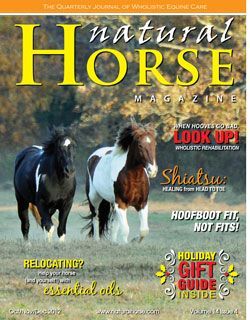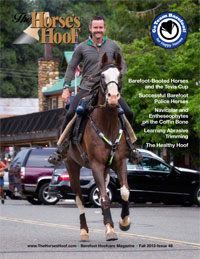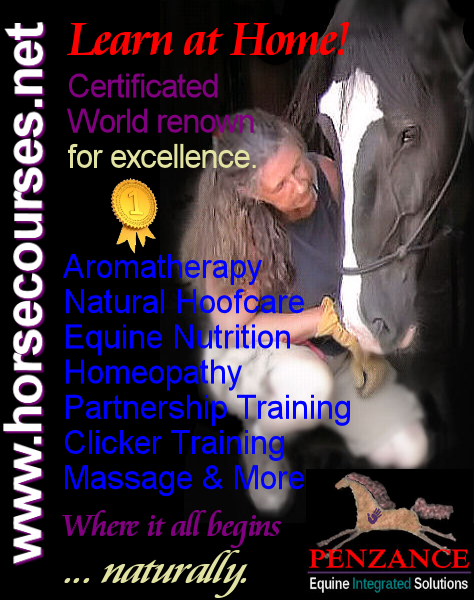Equine Zooanthropolgy starts with four key pillars:
Alterity, the other one (duet in the dialogue), otherness – Both horse and man must have both the space and opportunity to develop themselves, based on their abilities and needs. To always take into account the horse’s perspective, the horse’s otherness.
Reference – Always take into consideration what the horse brings, let it be a reference and thus bring value to you as a human experience.
Entities – to allow the horse to be a subject, not an object for my needs, of such intimacy, control, exercise, tävlingsresutlat. Allowing the horse to have a value in itself, such as it is. allowing it to be an independent party in a dialogue with their own approaches.
Cognitive – Learning about how the horse process information and use their knowledge and change their preferences. Seeking to understand how the horse perceives the world around them and what knowledge he recovers from his ability to perception (through their senses) – how he creates a mental representation of the world). Attention (focus), memory, problem solving skills and ability to make decisions is appears, alerts areas to study.

